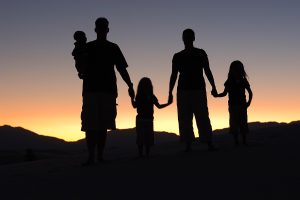Childhood RLS
 Has your child been tossing and turning at night? Are they tired and cranky in the mornings when they have had more than enough time to sleep? Restless Leg Syndrome may be to blame.
Has your child been tossing and turning at night? Are they tired and cranky in the mornings when they have had more than enough time to sleep? Restless Leg Syndrome may be to blame.
Restless Leg Syndrome is very difficult to diagnose in children, but they suffer almost as much as adults. If you suspect your child has RLS, monitor their behavior. Do they toss and turn at night? Do they have a hard time sitting still? Has their teacher complained of inattentive or disruptive behavior? These could all be signs of Restless Leg Syndrome in children. Children can become easily distracted by the extreme discomfort of RLS, or they may just be cranky because of their lack of sleep. These signs are often associated with ADD or ADHD, but if you don’t think your child has these disorders, make an effort to find the source of their odd behavior especially if it is out of the ordinary.
Children will frequently try to describe what they are feeling. Young children are often the hardest to understand because they describe their feelings in such a different manner than an adult would. They may say they have “boo-boos” in their legs, or they feel “tingly” in their legs. This is sometimes diagnosed as growing pains, but if they experience this frequently, it may be RLS.
If you suspect your child has RLS, there are a few things you can do to help relieve your child of their symptoms. First, make sure your child has a regular bedtime. Tired children are more susceptible to the effects of RLS. You could also give the child a nice, warm bath right before bedtime to soothe their muscles and help them relax. Some children also benefit from physical activity. Their muscles respond well when they can release some of their energy.
These tips are only for children experiencing mild restlessness. If your child is losing a lot of sleep or is having a hard time paying attention in class, consider seeking medical advice.

